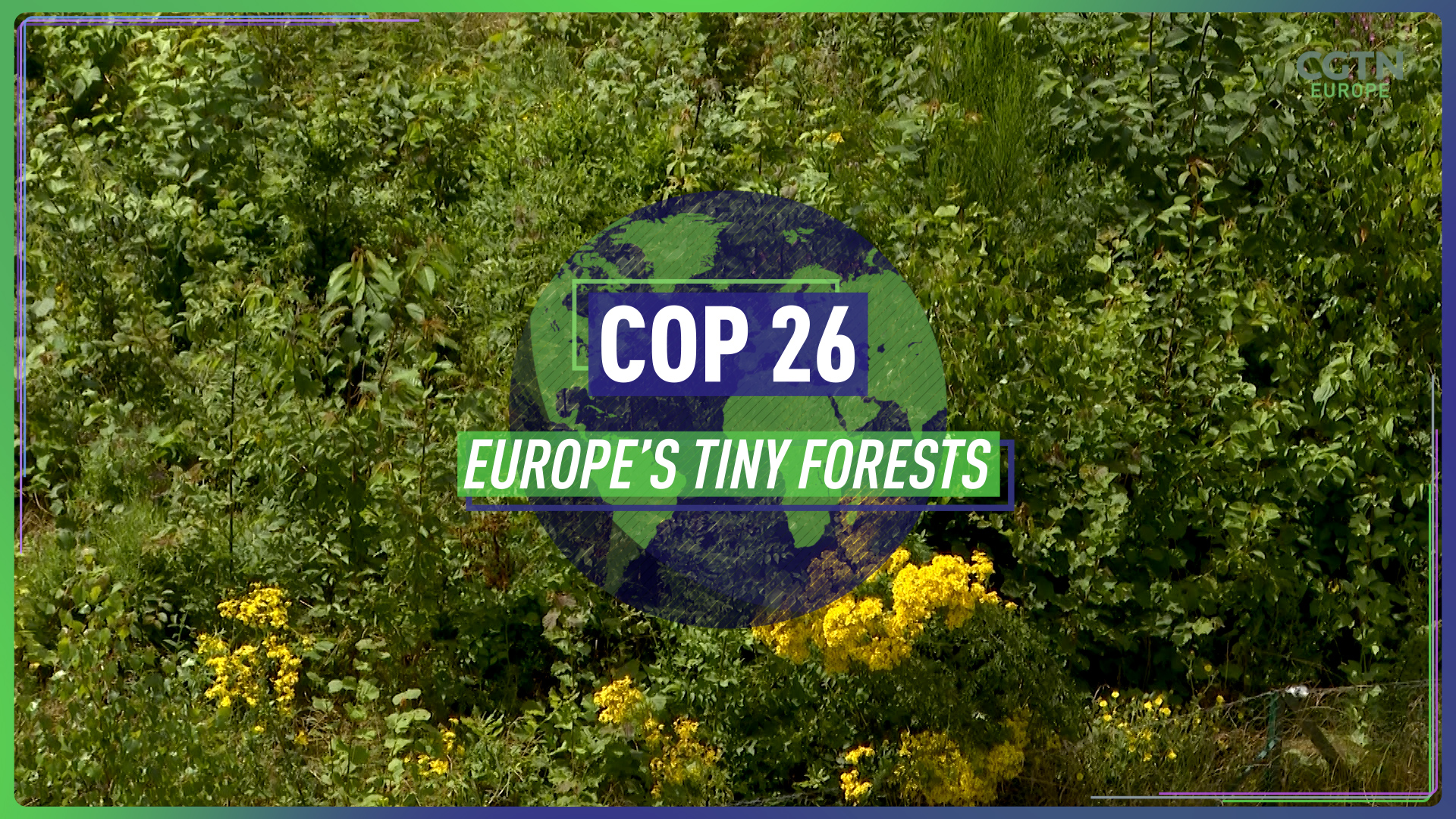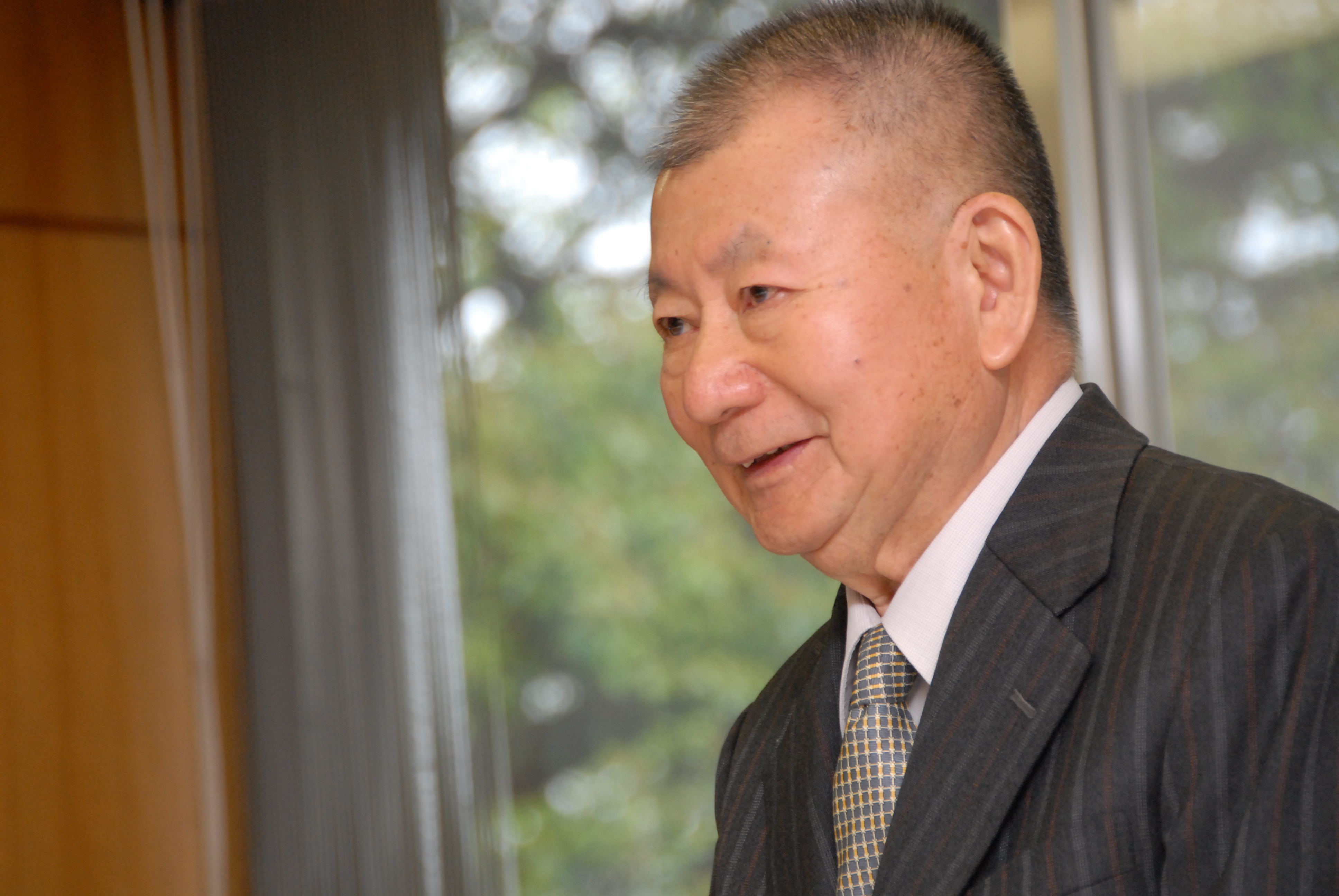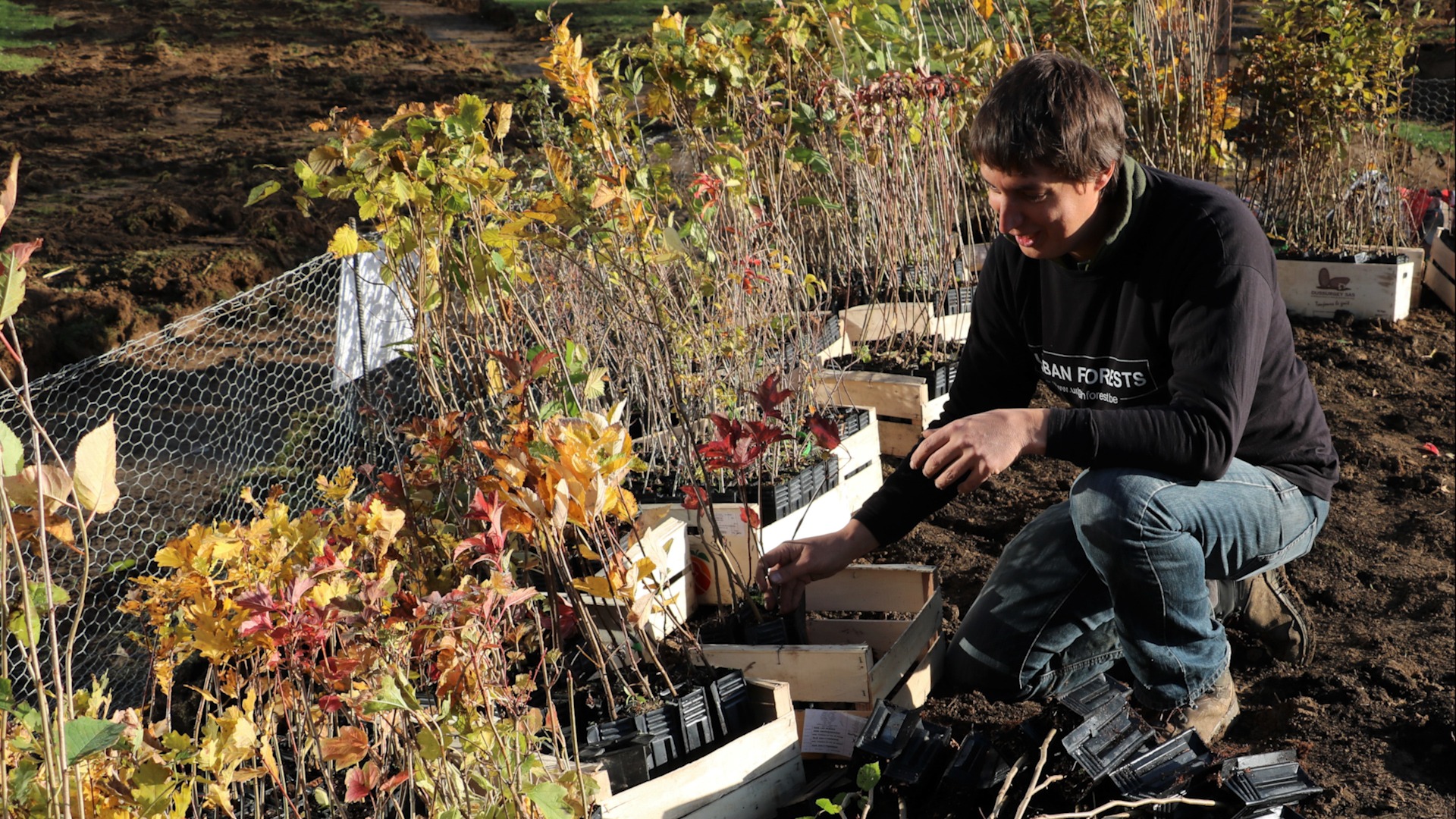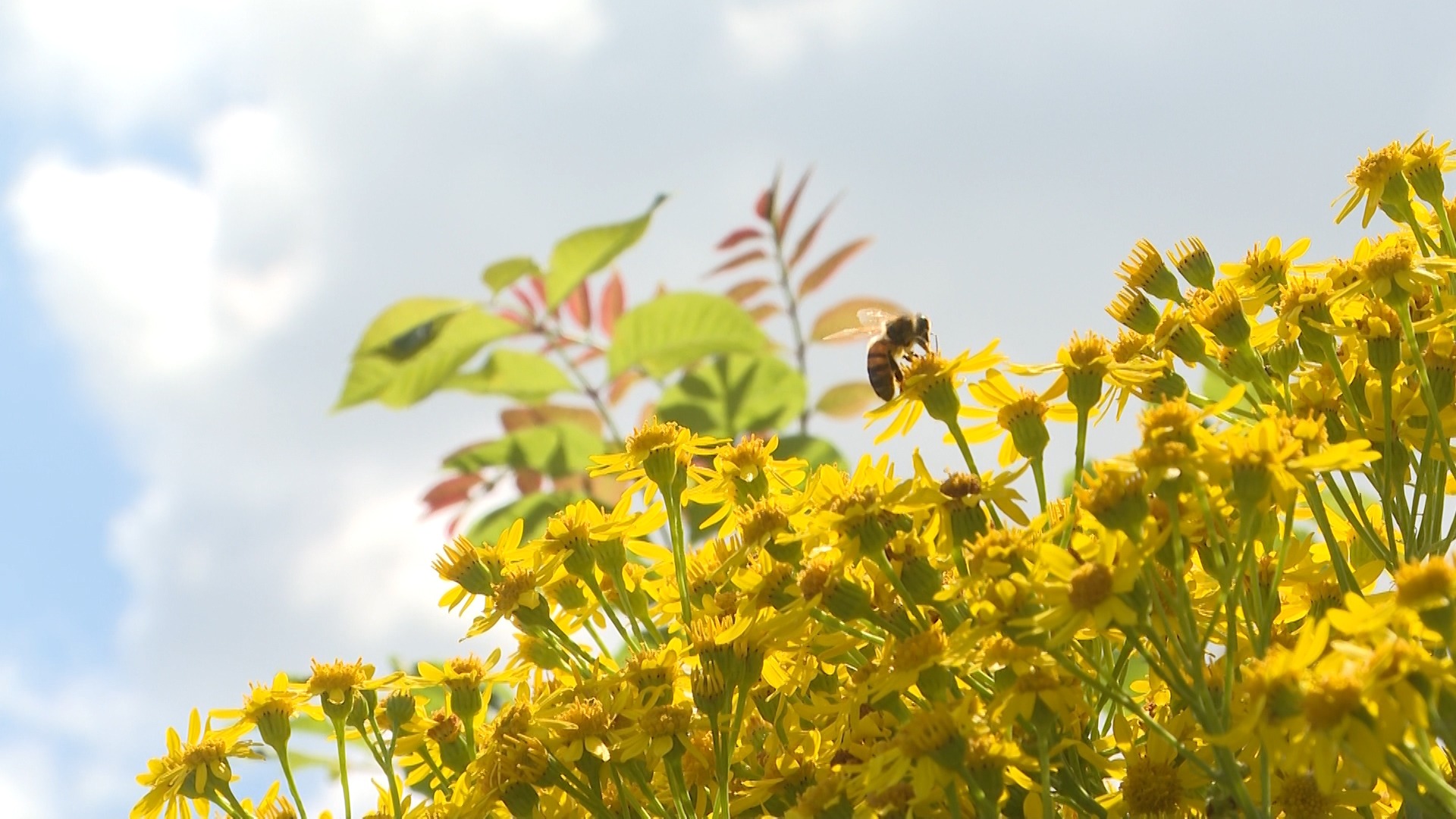03:00

If you have a spare patch of land - even if it is tiny - you may want to consider planting a forest. A Miyawaki forest to be exact.
The small, fast-growing jungle-like forests are springing up around Europe as a way to preserve nature, and restore biodiversity.
"The natural dynamic is to turn from a lawn into a lush forest," said Nicolas de Brabandere, founder of Urban Forests in Belgium. "That's a process that can take 200 years. But with this methodology, we plan everything at once and we speed up the process. In 20 years we get very similar results."

Japanese botanist Akira Miyawaki dedicated his life to the mini forests, which bare his name. /Yokohama National University
Japanese botanist Akira Miyawaki dedicated his life to the mini forests, which bare his name. /Yokohama National University
The idea of growing a centuries-old forest at warp speed was the life's work of the famous Japanese botanist Akira Miyawaki from whom these mini forests get their name. He died in July at 93 years old.
De Brabandere, who is a biologist by training, adapted the Miyawaki method to Belgium's unique climate and terrain.
He said the forests pack a powerful ecological punch. They are 30 times denser than a natural forest, can store 40 times more carbon, and contain up to 20-times more biodiversity.
Schools, car lots, office parks, even backyards - de Brabandere said these are ideal locations to plant a forest. At one office park outside Brussels, 26 different species were planted in a 300 square meter patch. The cramped living quarters are the genesis of rapid growth as each tree fights to reach the sunlight first.

Nicolas de Brabandere, founder of Urban Forests in Belgium, has planted some 30 mini forests across the country. /de Brabandere
Nicolas de Brabandere, founder of Urban Forests in Belgium, has planted some 30 mini forests across the country. /de Brabandere
"More than competition, it's really a sort of cooperation. All these trees interconnect," said de Brabandere. "We talk a lot about biodiversity, but we don't know what to do. That's an example of what we can do actually to create an ecosystem very diverse, lots of different niches, lots of different spaces for nature to come."
Besides offering shelter, the mini forests also provide cool shade and filter harmful pollutants out of the air.
"We are really creating a habitat for biodiversity. We hear birds chirping in the background, deers come in the evening, you have mushrooms growing on the foods, lots of insects as well."

Advocates say Miyawaki forests are 30 times denser than a natural forest, can store 40 times more carbon, and contain up to 20-times more biodiversity. /CGTN
Advocates say Miyawaki forests are 30 times denser than a natural forest, can store 40 times more carbon, and contain up to 20-times more biodiversity. /CGTN
These forests alone won't solve the problem of biodiversity loss or climate change. They may not even move the dial on Europe's goal to become climate neutral by 2050. For de Brabandere, the mini forests are models of inspiration that he hopes will change mindsets.
"Maybe we can manage our forests differently, with more biodiversity. Maybe we can turn a lawn into an ecosystem. The idea of these forests is really to create an emotion. When you touch the heart, it will trigger a change inside everyone."

